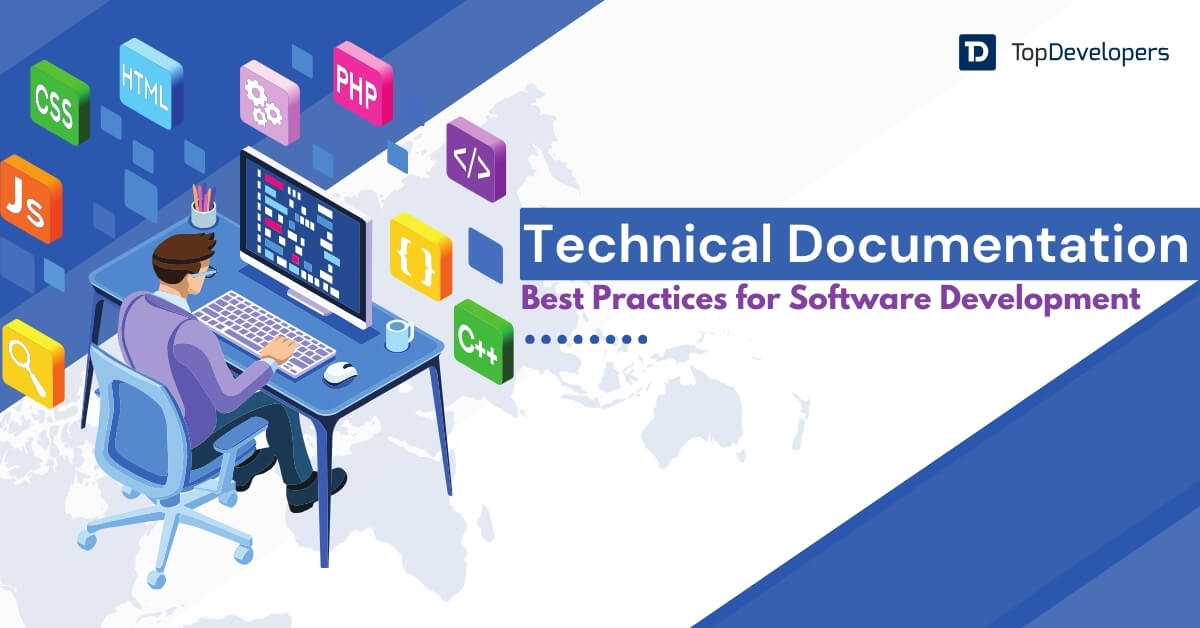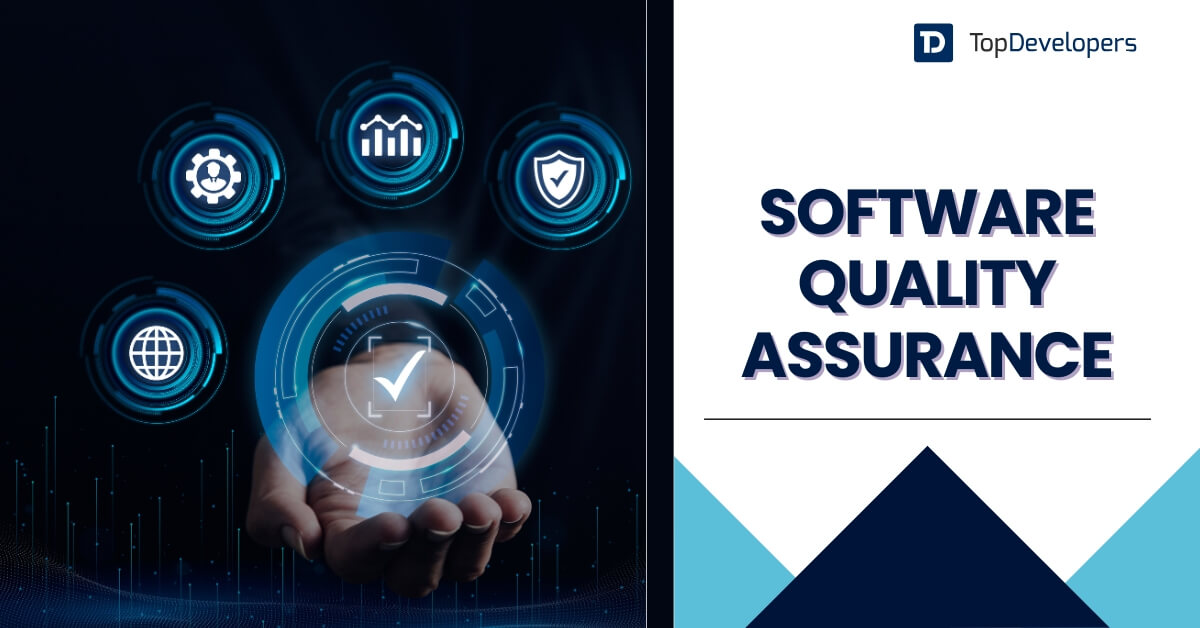
Launching a software product is not just about completing its development. It is about ensuring the software product reaches the right market, at the right time, with the right message. A software product launch involves careful planning, team alignment, market research, and post-launch strategies that go beyond writing code.
Many software products fail not because of poor functionality, but because they never find a place in the market. Around 20 percent of startups in the United States fail in their first year, and a lack of market need is one of the top reasons (Statista, 2024). This highlights the importance of validating the product idea and preparing thoroughly before launch.
This blog explains how businesses can plan and execute a successful software product launch by focusing on strategy, timing, and communication. With the right approach, businesses can turn a finished software product into a strong market presence.
Table of Contents
- Steps to Successfully Launch a New Software Product
- Start Planning Early: Launch Begins Before the Software Product is Ready
- Know the Market and Craft a Positioning Strategy
- Build Pre-Launch Momentum for Software Product
- Prepare Sales, Support, and Onboarding Systems
- Ensure Technical and Operational Readiness
- Launch Day Execution: Make the First Impression Count
- Collect Real-Time Feedback and Stay Agile
- Post-Launch Growth and Continuous Engagement
- Conclusion
Steps to Successfully Launch a New Software Product
Launching a software product is not just a single-day event. It is a phased approach that includes preparation before the launch, execution on the launch day, and actions taken after going live. Each step matters and contributes to the product’s success in the market. When tied closely with strategic Software product development, the launch process becomes more efficient, targeted, and impactful. Here is how to approach the launch of a software product effectively.
Start Planning Early: Launch Begins Before the Software Product is Ready
A successful software product launch begins months in advance. Early planning ensures every team is aligned on goals, responsibilities, and timelines. This includes marketing, sales, customer support, and engineering teams working in sync with a shared calendar.
Defining key milestones helps in staying on track. These include content preparation, promotional campaigns, onboarding resources, and final quality checks. Businesses that plan early can avoid last-minute chaos and focus on executing a smooth and confident launch.
Know the Market and Craft a Positioning Strategy
Before launching, it is important to clearly understand who the software product is for. Identifying the target audience, their challenges, and how the software product solves their problems helps define positioning. A clear value proposition should answer one question: why should someone use this software product?
This also means studying competitors to understand what already exists in the market. A well-researched positioning strategy enables businesses to highlight the unique features of their software product and differentiate it from others. It lays the foundation for every message shared during and after the launch.
Build Pre-Launch Momentum for Software Product
Creating interest before the actual software product launch can make a significant difference. Building momentum helps attract early users, generate conversations, and prepare the market for the arrival of the product. This can start with simple steps such as publishing teaser content, offering early access signups, or announcing the product on social platforms.
Email marketing, product waitlists, and preview videos can create curiosity. Involving influencers or industry experts during the pre-launch stage can also expand reach. The goal is to get people talking, build anticipation, and gather potential users who are ready to try the software product once it becomes available.
Prepare Sales, Support, and Onboarding Systems
Behind a smooth launch is a well-prepared support structure. Sales and customer service teams need to understand the software product in depth. They should have access to training materials, product documents, and answers to common questions. This helps them engage with new users confidently and consistently.
Along with that, user onboarding systems should be ready. This includes welcome emails, product tours, guides, and helpdesk content. A frictionless onboarding experience encourages users to stay and explore more features. When users feel supported from the beginning, the software product stands a stronger chance of long-term adoption.
Ensure Technical and Operational Readiness
No matter how well the software product is promoted, technical stability during the launch is critical. The system should be tested under conditions that simulate real-world usage. This includes load testing to handle traffic spikes, monitoring tools to track issues, and backup systems to maintain reliability.
Operational readiness also means having all backend processes in place. Payment gateways, user authentication, data security policies, and error recovery plans should be fully functional. Launching without these checks can damage trust early on. A reliable software product experience from the first user session builds confidence and credibility.
Launch Day Execution: Make the First Impression Count
The launch day sets the tone for how the software product is received. It is not just about going live but doing so with precision. All activities, including website updates, announcements, email campaigns, and product availability,y should be timed and coordinated.
The team must monitor performance indicators in real time such as user signups, engagement levels, and technical stability. Any issue must be addressed immediately. This is the moment when first impressions are formed, and making it seamless can turn early users into long-term customers.
Collect Real-Time Feedback and Stay Agile
Once the software product is launched, real feedback starts to flow in. This feedback provides insights that internal testing often cannot uncover. Users may highlight missing features, unclear flows, or unexpected issues. Capturing this data through analytics tools, feedback forms, or in-app surveys is key to quick and meaningful improvements.
Being agile during this phase means acting on what users are experiencing. Early responses build trust and show that the business values its users. It also helps in correcting course before any issue grows too large. This approach makes the software product more stable and better suited to market needs.
Post-Launch Growth and Continuous Engagement
The launch is only the beginning of the product’s journey. Long-term success depends on how the software product continues to evolve. This includes maintaining regular updates, introducing new features, and educating users about how to get the most from the software product.
A strong post-launch support plan for software development plays a key role in keeping the product relevant. Ongoing engagement through newsletters, webinars, or how-to content can keep users active. Monitoring usage patterns helps in refining the experience further. Post-launch strategies ensure the software product does not fade after the initial excitement but continues to grow and serve its intended purpose in a competitive market.
Preceding: A Short Guide on Software Release Life Cycle
Conclusion
The launch of a software product is a decisive moment that shapes how it will be received in the market. It is not just a technical release but a coordinated business effort that combines timing, messaging, user support, and infrastructure readiness. Each stage, from pre-launch momentum to post-launch engagement, plays a direct role in building long-term product value.
A structured and well-executed launch gives businesses a competitive edge, helping the software product stand out in a crowded landscape. Top software development companies follow this multi-phase approach, focusing as much on market fit and user experience as they do on technical excellence.
Launching with clarity, preparation, and adaptability ensures the software product is not only introduced well but is also positioned for sustainable growth.
 Avantika Shergil
| Apr 16, 2025
Avantika Shergil
| Apr 16, 2025
Avantika Shergil is a technology enthusiast and thought leader with deep expertise in software development and web technologies. With over 8 years of experience analyzing and evaluating cutting-edge digital solutions, Avantika has a knack for demystifying complex tech trends. Her insights into modern programming frameworks, system architecture, and web innovation have empowered businesses to make informed decisions in the ever-evolving tech landscape. Avantika is passionate about bridging the gap between technology and business strategy, helping businesses build customized software and website, and understand about different tools to leverage effectively for their ventures. Explore her work for a unique perspective on the future of digital innovation.





